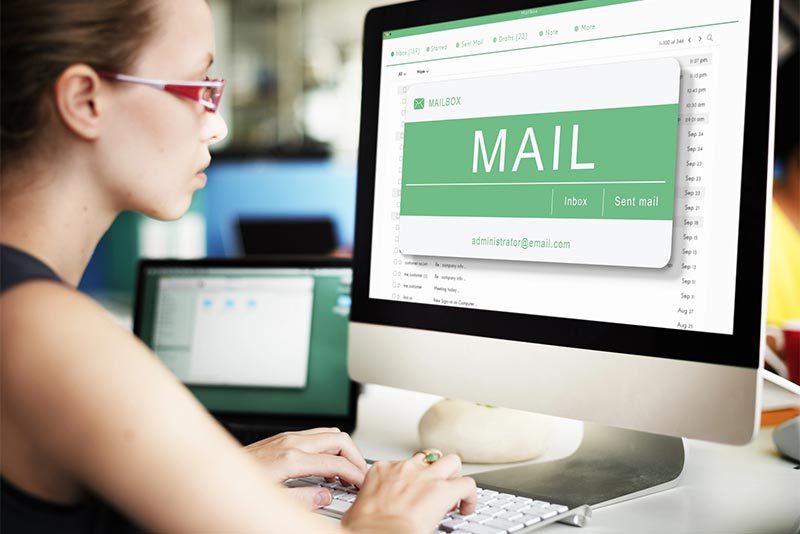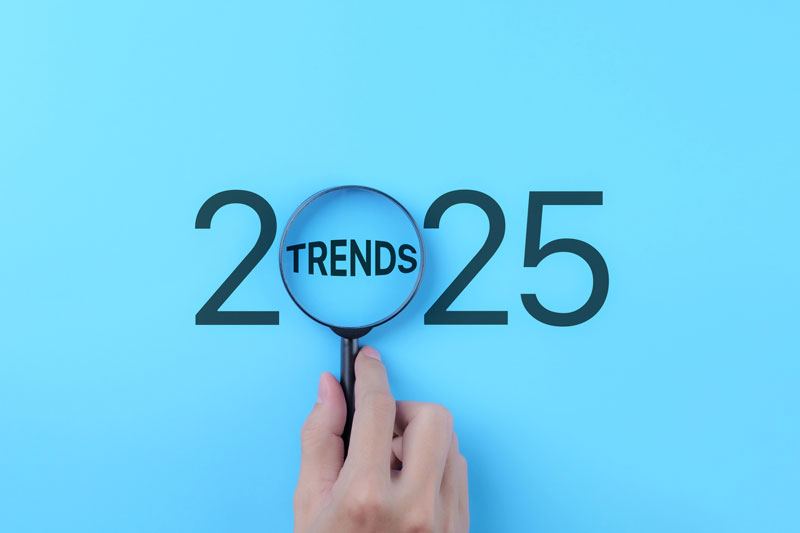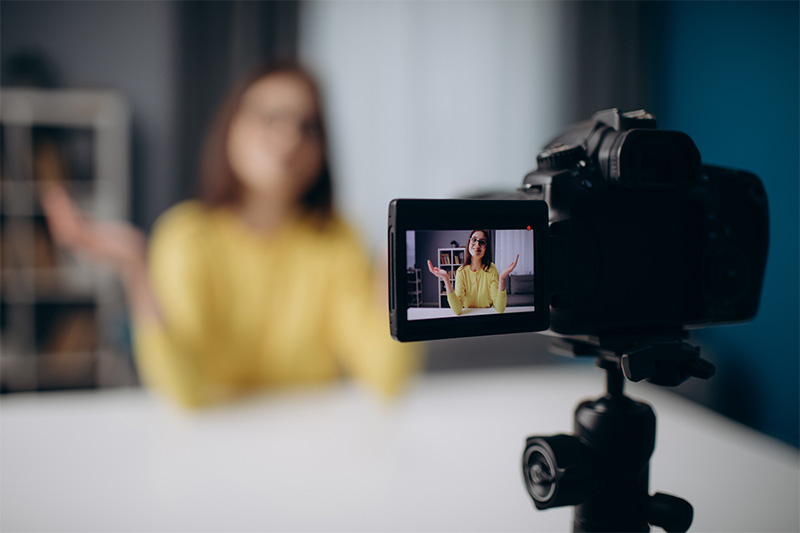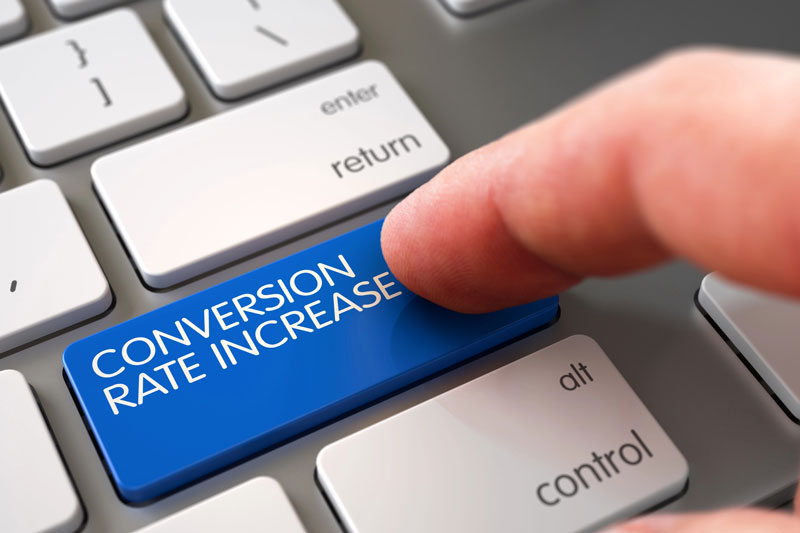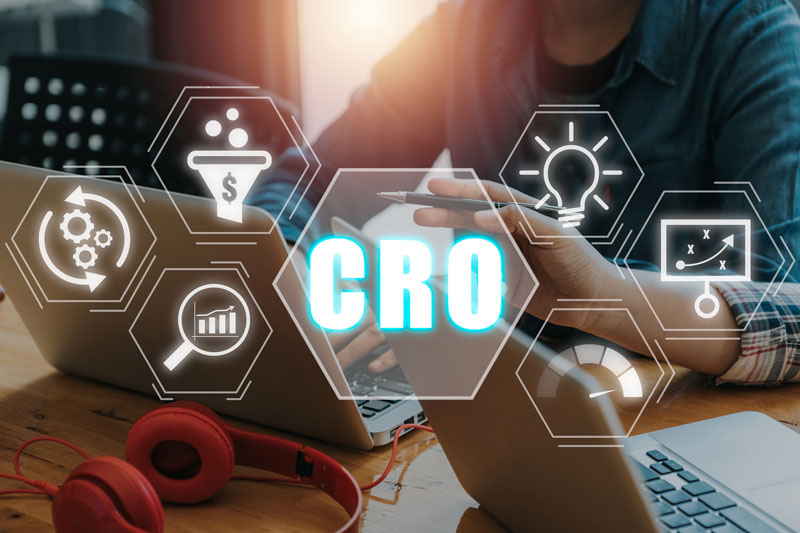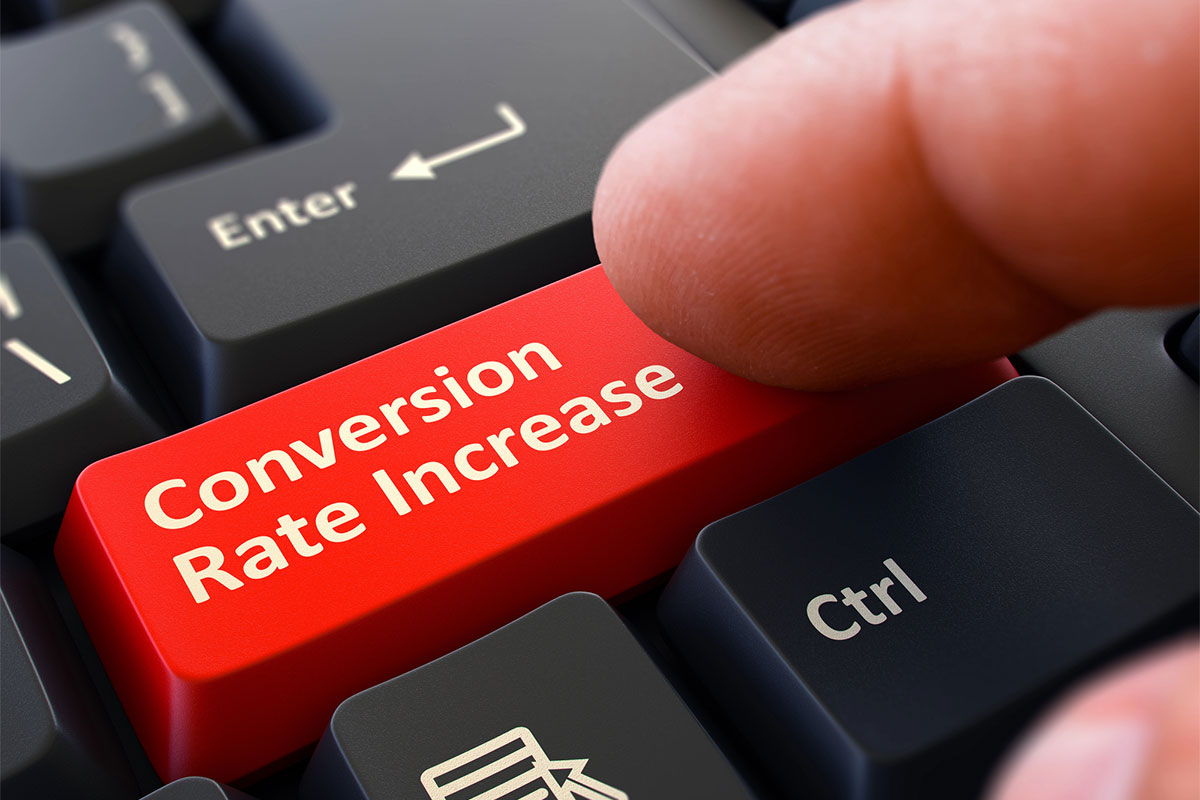Not everyone is “text-savvy.” Likewise, not all consumers are enthralled about getting updates via social. Yet, many of us still keep and have access to at least one email address, to the tune of four billion users worldwide. So, email for marketing, communications, and more remains a powerful and relevant tool. This rings particularly true for your likely target demographics – those members of your community who are becoming aware of the early or worsening signs of aging and sun damage and could really use your help and expertise.
The “case” for email marketing
In fact, HubSpot, in its in-house research, reports that 31% of marketers continue to leverage email, and 38% of brands are increasing their email budget – for good reason. Email marketing boasts an impressive Return on Investment of $36 for every $1. That is both time and money well spent; however, there is an art to emails that stick and pay off for your practice. Notably, researchers have found the most effective strategies to build robust relationships, drive repeat business, retain patients, and support growth are (in order):
- Subscriber segmentation
- Message personalization
- Email automation
Understand your audience
Segmentation presents an invaluable experiment for your practice. You may be out of touch with what your current desirable or aspirational patient base looks like. Perhaps, you have been at this for a while, and your community has changed. You may be long overdue for taking a closer look and deeper dive at your demographics. This “exercise” is also a fundamental jumping-off point for “segmentation,” which is just a way of saying that you do not look at your patients as a mass. Rather, you are taking the steps to segment out your patients. They are likely enthusiastic about your practice, as they have “opted-in” to your emails.
However, to truly make the most of your efforts on the email marketing front, you need to get to know them better. This step involves using data available within your patient relationship management solutions (or as the result of surveys) to classify subscribers by the following characteristics:
- Age
- Gender
- Other relevant demographic characteristics
- Personal preferences
- Goals
- Relevant behaviors
This is an essential process that supports tailored or personalized content. So, your emails actually get read and, beyond that, your patients respond to whatever that call to action within your email prompts them to do.
Crafting compelling subject lines
If you spend any significant time in one area of the email writing process, let it be on the subject line. These few words can either intrigue, elicit a yawn or “meh,” or, at the very worst, repel. For emails that endear and don’t turn off the subscriber or immediately end up in “junk,” avoid spammy techniques that use lots of CAPS and exclamation points and are overly nebulous, impersonal, and generic.
Instead:
- Mention the intended recipient by name, like “Sarah, schedule your next laser treatment today.”
- Create a sense of urgency with phrases like “book today,” or “act now in time for summer.” Stick with action-oriented words and verbs to reinforce this sense of moving forward now rather than later.
- Fewer words are more powerful than “complimentary” or “free.” So, make sure that any promos or offers are highlighted succinctly in the message title.
- Make subscribers feel like the VIP that they are by acknowledging the likes of “an exclusive deal,” “private invitation,” “for our best patients only,” and so on.
- Highlight a milestone with your practice or in the subscriber’s life, such as an upcoming birthday, or anniversary of their partnering with your team.
Personalization: Beyond a Name
Personalization should weave through every aspect of the message, from the title to call to action. At every opportunity, acknowledge patients by name. But that is the tip of the iceberg. The content of the message should reflect the segmentation mentioned above. With appropriate segmentation, announcements or content on certain topics, offers, services, new technologies, and more can be “flagged” for specific patients/segments. That way you are only bringing content to the subscriber that matters and is of value to them. Since so many brands across industries leverage email marketing, it is essential to stick out with topics and news that resonates and is based on the likes of demographic characteristics, known personal preferences, and previous interactions. Otherwise, your messages will get lost in the email shuffle.
Timing (and Frequency) Matters
Researchers have this aspect of the email marketing process down to a science. It’s generally advised to send emails:
- In the morning and early- to mid-afternoon between 9 a.m. and 3 p.m. – Avoid scheduling emails during the early morning hours.
- On Tuesdays, Mondays, and Thursdays (in that order) – Avoid weekends
Sending out too many emails is the No. 1 trigger for consumers to unsubscribe from email lists. Here, email automation tools are highly beneficial. Such intuitive solutions aid in scheduling emails for optimal times, and actions are based on subscriber behavior and engagement with past messages.
In it for the long haul
Have processes in place for follow-ups via email. You follow up with patients in the “offline” world; do the same online. When resending emails, increase the likelihood of the message sticking this time with phrasing that urges the subscriber to act right away so they do not miss out. For instance, highlight how “appointments are still available” or how “__ is expiring soon.”
Your email program is ideally coordinated with other programs to support patient retention and loyalty, too. Enmesh any membership, savings, and rewards programs with your email content. At aesthetics practices, these efforts might include emails that promote double the rewards points when purchasing specific services or in-house products within a certain timeframe. And do not be afraid to integrate photos and other media into your emails. You are a visual business, after all! It has been shown that multi-media emails perform better than content that does not contain images, graphics, and/or video.
